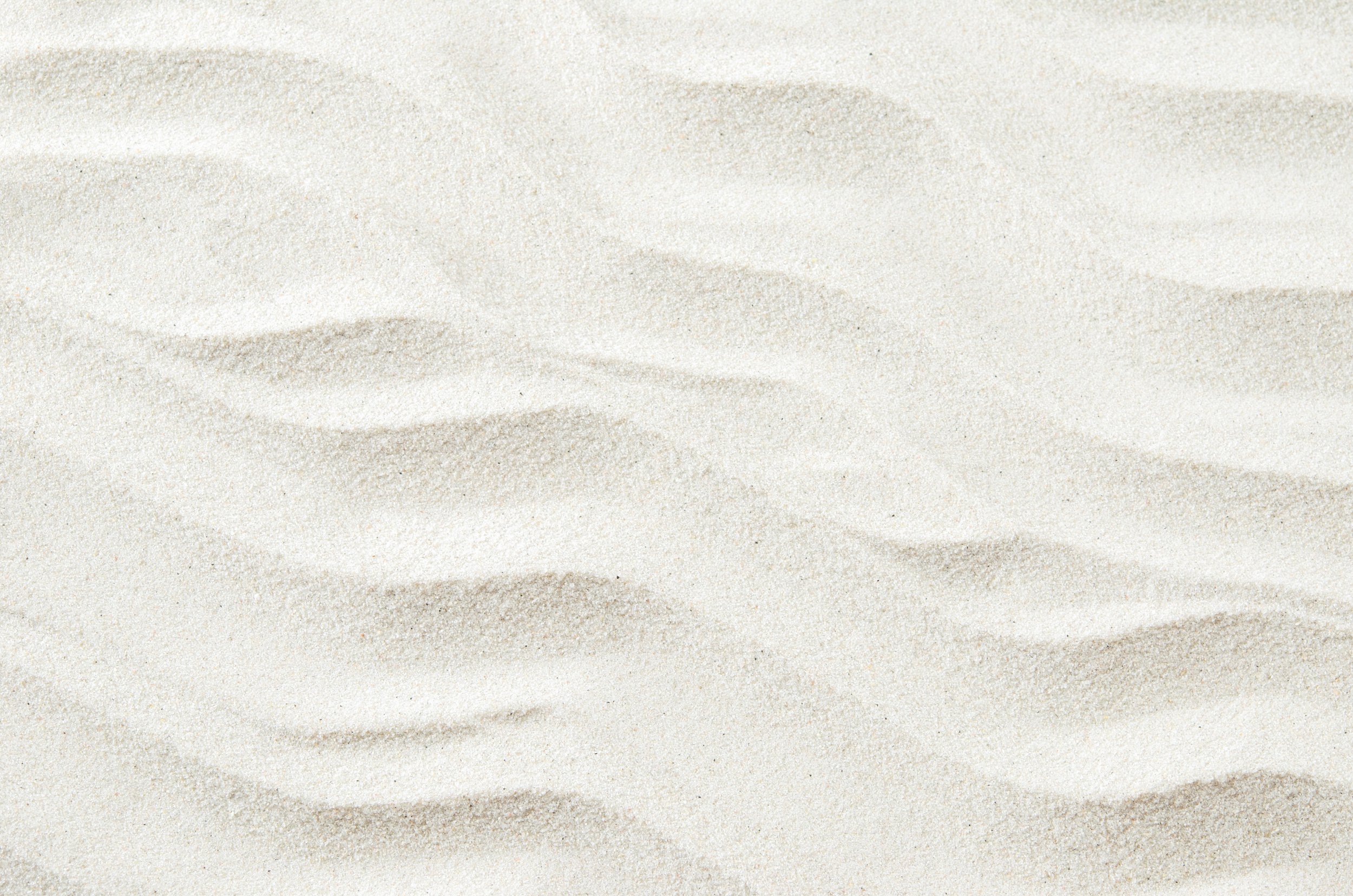
Unlock the Healing Power of Cryotherapy
The TULASOL Full Body Cryotherapy Experience
The entire experience in the cryotherapy chamber lasts less than 3 minutes. We will provide you with a robe, hat, socks, slippers, and gloves to protect specific parts of your body during your session.
Once you’re dressed in your protective gear, you’ll enter the cryotherapy chamber. Our trained expert will ask you a few questions and take your temperature to ensure safety.
If you're worried about completing the full 2.5-3 minutes, don't be! You can gradually build up to the full duration over several visits. Initially, it will feel like standing outside on a very cold winter day.
After your session, you'll feel energized and alert, and you may even experience a mood boost.
How Does Cryotherapy Work?
Cryotherapy works by exposing the body to extremely cold temperatures for a short period, typically between two to four minutes. This exposure will be achieved through our whole-body cryotherapy chamber. The cold environment triggers the body's natural responses, including vasoconstriction, which reduces blood flow to the extremities and helps reduce inflammation and pain.
Upon exiting the cryotherapy chamber, the body rapidly rewarms, promoting vasodilation and increased blood flow, which helps to flush out toxins and deliver oxygen and nutrients to muscles and tissues. This process aids in faster recovery from injuries, reduces muscle soreness, and enhances overall physical performance. Additionally, cryotherapy can stimulate the release of endorphins, improving mood and providing a sense of well-being.
What You Need to Know About Your Cryotherapy Experinece
-
At TULASOL, a trained expert operates the Cryotherapy chamber and is present outside at all times if you feel any discomfort and wish to leave before your time is up.
We use the state-of-the-art Cryostar Antarctica chamber, replacing nitrogen found in conventional cryo chambers with maximally cooled breathable air. The result is no cryogenic gases or nitrogen vapor contact with the skin or airways.
-
The controlled exposure to cold temperatures leverages the body's natural healing mechanisms to deliver a range of therapeutic benefits.
- Reduced Inflammation: Helps decrease inflammation and swelling, which can aid in recovery from injuries and chronic conditions.
- Pain Relief: Provides relief from muscle and joint pain, beneficial for conditions like arthritis and fibromyalgia.
- Enhanced Recovery: Speeds up recovery time for athletes by reducing muscle soreness and fatigue.
- Improved Circulation: Promotes better blood flow and oxygenation of tissues, enhancing overall cardiovascular health.
- Boosted Metabolism: Increases metabolic rate, which can aid in weight management and fat loss.
- Skin Health: Improves skin tone and texture, and can help with conditions like eczema and psoriasis.
- Mood Enhancement: Stimulates the release of endorphins, improving mood and reducing symptoms of anxiety and depression.
- Enhanced Immune Function: Strengthens the immune system, making the body more resilient to illnesses.
- Better Sleep: Can improve sleep quality and help with insomnia.
- Increased Energy Levels: Boosts overall energy and vitality, helping individuals feel more active and refreshed.
-
Cryotherapy is not suitable for everyone, and certain individuals should avoid it. Those who should not use cryotherapy include:
- Pregnant Women: The extreme cold temperatures may pose risks to both the mother and the developing fetus.
- People with Severe Hypertension: The vasoconstriction caused by cryotherapy can further elevate blood pressure, which could be dangerous.
- Individuals with Heart Conditions: Cryotherapy can strain the cardiovascular system, making it risky for those with heart disease or a history of heart attacks.
- Patients with Raynaud's Disease: This condition causes blood vessels to overreact to cold, which can exacerbate symptoms.
- Individuals with Cold-Sensitive Conditions: Conditions like cryoglobulinemia, cold urticaria, or cold agglutinin disease make individuals highly sensitive to cold, posing health risks.
- People with Severe Anemia: The reduced oxygen-carrying capacity of the blood can be problematic during cryotherapy sessions.
It's essential for anyone considering cryotherapy to consult with a healthcare provider to ensure it is a safe option for their specific health conditions.


